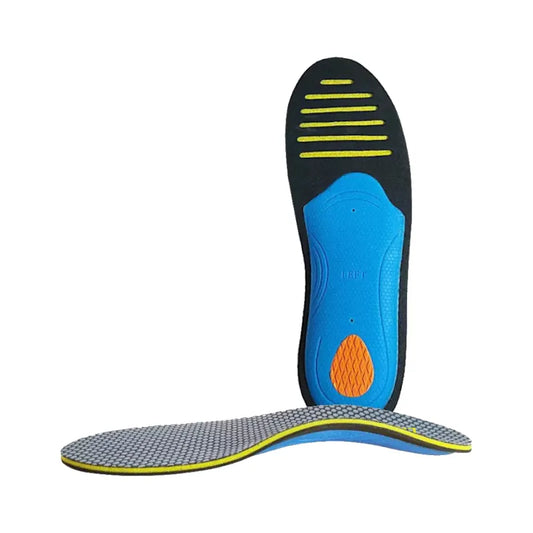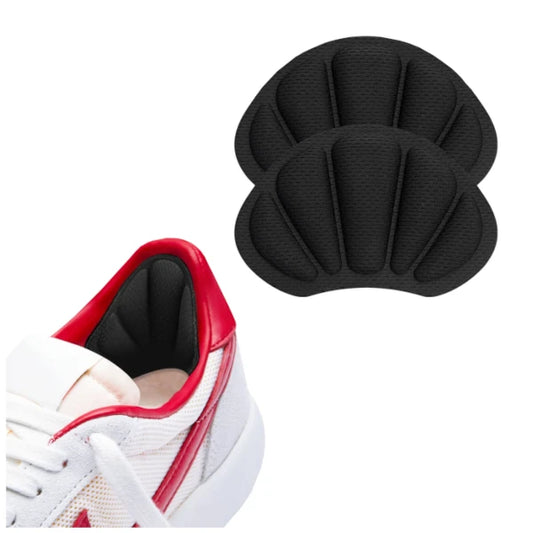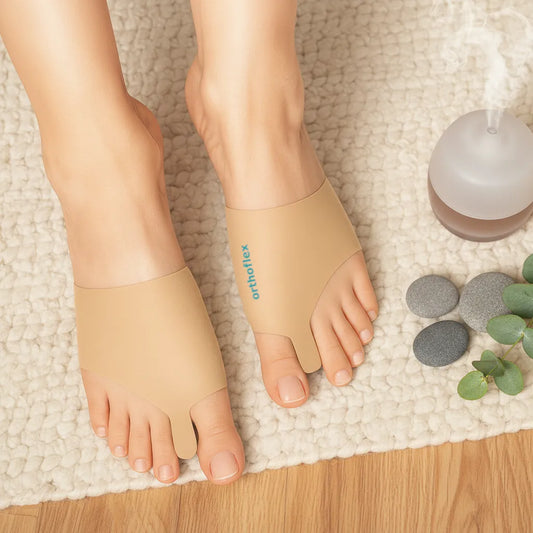Are flat feet a problem or just different?
Share
As a physiotherapist with eight years of experience in musculoskeletal injuries and mostly focusing my practice in foot injuries, one of the most common questions I get is, "How bad are my flat feet?” Many people notice their arches are low or their feet look flatter than others and immediately assume it’s a problem. The truth is, flat feet don’t necessarily mean pain or dysfunction. Some people have them their whole lives without ever feeling discomfort.
Flat feet is more like a physical caracteristic that simply means that the arches of your feet are lower than usual or collapse when you stand. The arch plays an important role in absorbing shock and supporting your body weight. When the arch lowers too much, your feet may roll inward, which can sometimes lead to strain in your ankles, knees, hips, or even your lower back. But that doesn’t happen to everyone—many people with flat feet move perfectly well without pain.
The key factor is how strong your feet are and how well your feet and surrounding muscles handle movement and pressure. If your feet are strong and stable, flat arches often cause no issue. Pain tends to appear when the muscles and tendons supporting your arch are weak, or when the feet spend long hours under load without enough rest or proper support.
You can’t completely change the structure of your foot, but you can absolutely improve how your feet function. Strengthening and mobility exercises can make a real difference. Try simple moves like calf raises, toe curls, and balance work on one leg. Rolling the bottom of your feet on a small ball and stretching your calves can also relieve tension and improve flexibility.
Footwear plays a big role too. Supportive shoes or quality insoles can help distribute pressure evenly and reduce strain during long walks or standing periods. If your arches collapse more over time or you start feeling pain in your heels, arches, or ankles, it’s worth checking in with a physiotherapist or podiatrist to assess your alignment and gait.
Flat feet aren’t automatically “bad.” They’re just a variation in foot shape, and with the right care—strong muscles, supportive footwear, and good habits—you can stay comfortable and active without pain. However, in case you start feeling pain, swelling, or persistent fatigue in your feet, it might be important to seek help to prevent long-term strain and discomfort. Your feet are your foundation, so give them the strength and support they deserve.
Author Info

Diana Ferreira
Licensed physiotherapist with over 8 years of experience specializing in musculoskeletal injuries and a Master's degree with a thesis focused on the complexities of foot pain.
Passionate about helping people living active and healthier lives using practical and science-based solutions.






